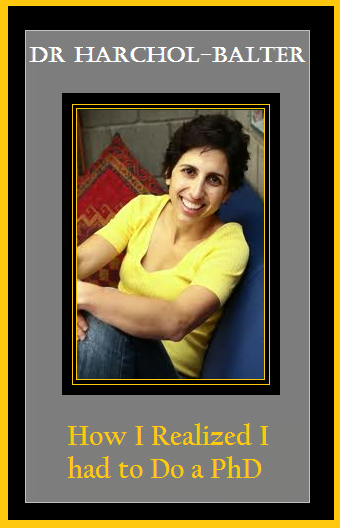Along with bachelor’s and master’s degrees, a lot of international students are now keen on pursuing PhD at American universities because the programs are comprehensive and structured, and encourage a lot of independent research. Apart from world class facilities, well- equipped research labs and qualified professors, American universities also offer funding opportunities to deserving candidates which makes it easier for international students to pursue PhD in America. American universities have a global standing and they lead in innovation. This provides numerous job opportunities to PhD degree holders in academia, research institutes, government, and private research agencies all across the world.
However, in order to apply for PhD in top-notch American universities and reap maximum benefits of these programs, students must fulfill certain eligibility requirements and follow certain steps as given below:
Eligibility requirements:
- Bachelor’s/Master’s degree: To pursue a PhD program in any American university, students must have a minimum of 16 years of education, which means, they must have completed their bachelor’s degree at the least. Many students also apply after their master’s degree, either in India or in the USA. Students can also apply for a combined program for MS and PhD.
- Good scores in qualifying examinations: In order to qualify for a PhD, students should have a high score in the GRE (320+) and sometimes, in the subject GRE.
- Good academic record: In order to pursue PhD at a top American university, students should have a consistently high academic record throughout the bachelor’s program (75% and above/GPA of 8.5 and above). If the master’s has been done from the USA, the GPA has to be 3.5 and above.
- Research aptitude and work experience: Students who have a strong research aptitude, who have undertaken seminars and paper presentations, and who have relevant work experience are usually preferred. At Dilip Oak’s Academy, one of our students, who had a 70% academic record in Computer Engineering, four years of work experience, and who presented three papers in international forum including Italy and USA, received full funding for PhD in Computer Architecture from Georgia Tech, Ohio State, and Yale University.
Steps to follow:
- Choose your research topic well in advance: Narrowing down your research topic in advance will help you a great deal in making an informed decision. Study the topics, and see which topic would be viable for a PhD project. Choose your program accordingly.
- Research your PhD guide: When it comes to PhD, a good research guide is far more important than a good university. Hence, study the research work performed by professors from various universities, get in touch with them, and see if you can get approval from them for supervising your work. For PhD programs, it is always beneficial to first narrow down the right research guide and then finalize the university.
- Lookout for funding opportunities: Pursuing PhD in America can be very expensive and hence it is recommended to first look at universities that offer funding opportunities, scholarships, and research/ teaching assistantships and make your PhD tuition affordable.
- Finalize the universities: Once you decide your research topic, supervisor, and funding opportunities, shortlist your universities and start the application process.
For more guidance on university selection and admission process, enroll for our expert admission counseling today!


